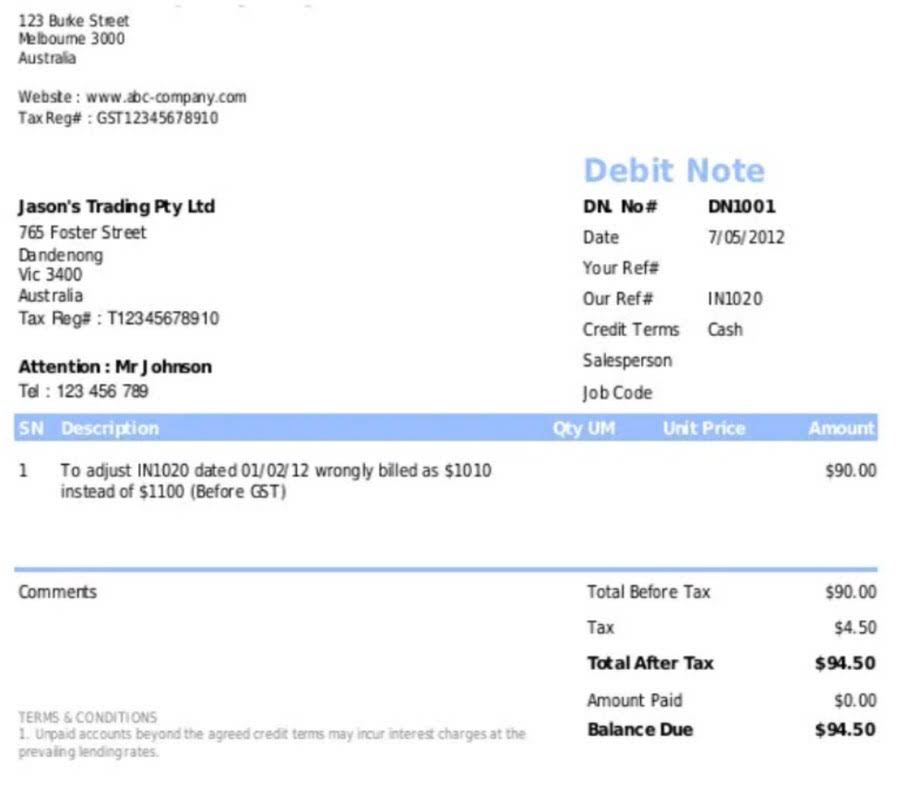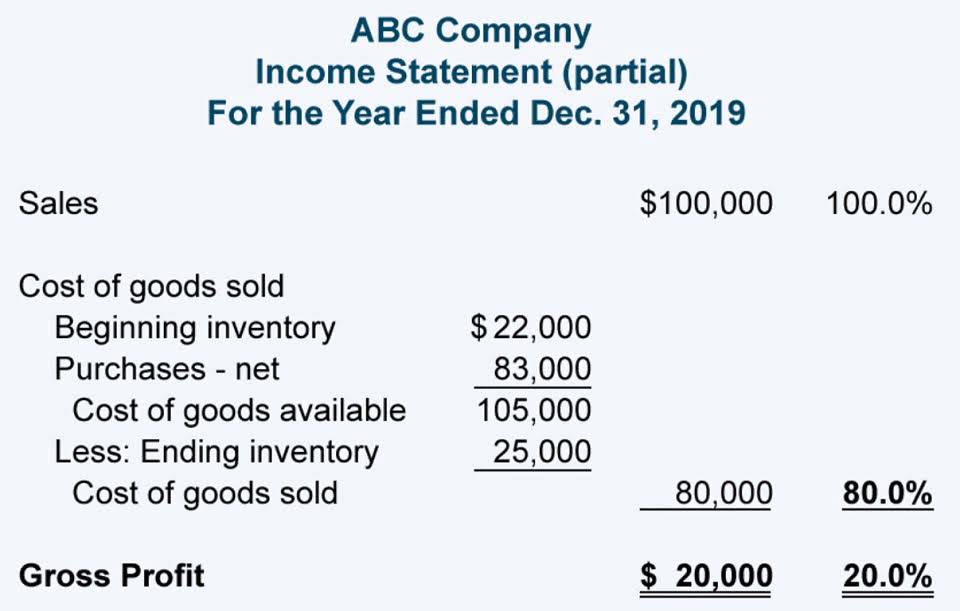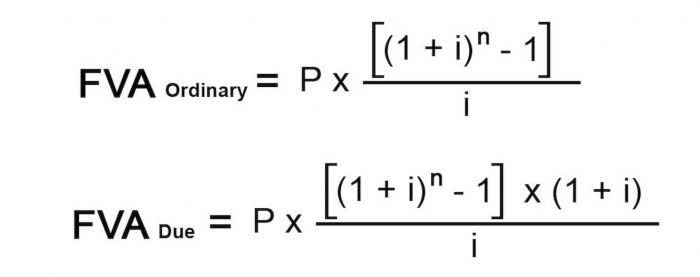How to Know if You Have Long or Short Arms
A diet that is high in protein, healthy fats, and complex carbohydrates can provide the necessary nutrients to support muscle growth and development. Additionally, genetics can play a role in arm length and overall body proportions. Some people are naturally predisposed to longer limbs or a more slender frame, and this can be due to factors such as bone structure and muscle fiber type. In some cases, medical conditions such as Marfan syndrome or Ehlers-Danlos syndrome can also lead to longer, thinner limbs as a symptom of the disorder. Homocystinuria is an inherited medical condition characterized by the inability of the body to break down certain amino acids properly. This condition can cause several complications such as intellectual disability, blood clots, and skeletal deformities.
Interestingly, although women had shorter forearms on average, one woman had the longest forearm (31cm/12.2”) of anyone in the research project. The lowest recorded length for the ladies was 19cm (7.4”), and the average measurement was 23.5cm (9.25”). While some may be out of your control, what is considered long arms like your age and sex, you can control things like diet and exercise. BMI is a measure of body fat that’s calculated using your weight and height. Someone with a high BMI is usually considered overweight (though there are other methods that more accurately determine this).
But the reality is, these supposed deformations are most often just in our heads. We’ll delve into all of these questions and more in this forearm length guide.
Marfan Syndrome is a genetic disorder responsible for causing long arms in some individuals. Marfan Syndrome is caused by a mutation in the gene that encodes a protein called Fibrillin-1. Fibrillin-1 is found in the connective tissue throughout the body, including in the ligaments and the walls of blood vessels. This protein is vital in ensuring that these structures maintain their shape and flexibility. If you are concerned about your arm size or shape, it’s important to focus on developing healthy habits such as regular exercise and a balanced diet.
By engaging in resistance training and prioritizing muscle growth in the arms, you can help to build a more toned and defined appearance. Additionally, seeking the advice of a medical professional can help to rule out any underlying medical conditions that may be impacting your arm size and shape. When you draw a vertical line down the center of a body, the left and right sides are almost mirror images of each other. Ratios compare two quantities, like the size of one part of the body to the size of another part, or to the size of the whole. This ratio is approximately a one to one ratio, meaning that a person’s arm span is about equal to their height.
Biceps muscle fiber type- The biceps consist of roughly 60% fast-twitch muscle fibers and 40% slow-twitch muscle fibers, according to this study. Knowing the breakdown of the biceps muscle fibers helps to focus the type of training you should be doing to grow your biceps bigger than the average size. With fast-twitch muscle fibers being dominant, you should skew your bicep training towards slightly more explosive sets. Diet also plays a role in muscle growth, as consuming enough protein is necessary to help repair and rebuild muscle fibers after exercise.
- All decisions regarding the pricing and sales of shoes were made by International Shoe’s Missouri office, so it could not be argued that these employees were independent agents of any sort.
- Even though George’s arms are longer than Jerry’s, Jerry has longer arms than his body shape and size.
- We’d venture to say that at the most, you might be able to grow your biceps up to one inch if you’re a new trainee, but this wouldn’t be sustainable growth.
- The 20-inch biceps have been a baseline to shoot for in the bodybuilding world for decades now.
- 15-inch biceps could be impressive for an average size male, whereas they would be small on an NFL lineman or professional bodybuilder, you get the point.
Having more fat around the arms will give you a larger circumference, even if your muscles are small. There’s some debate around this question as to who has the biggest biceps in the world because some people actually inject Synthol oil into the muscle to make them bigger. Other people vying for the top spot are also most likely using some enhancing substances in the form of steroids. Without mentioning names, the biggest biceps range anywhere from inches. You can expect many of the bigger professional male bodybuilders to have inch biceps.
That said, in certain situations, I suppose that having abnormally long forearms could be a hindrance. Many people also believe that they have long forearms for their height. [2] While this is often true, most folks tend to overestimate their supposed abnormalities either to feel special, or because they’re self-conscious.
HOW MANY EXERCISES SHOULD I DO TO BUILD BICEPS?
Scientific American maintains a strict policy of editorial independence in reporting developments in science to our readers. This is a bit of a stupid question but when I started lifting everyone said my long levers would make it stupidly hard. But I’ve been making pretty good progress and I’ve found front squatting and back squatting to be easy to progress and not a problem at all. I also always thought I had long legs and now I’m beginning to question myself.
Average biceps size by age
There are many more human body ratios; some are independent of age, and others change as we grow from a baby to an adult. Firstly, genetics play a significant role in determining an individual’s body proportions, including arm length. For instance, some families may have a history of having longer limbs, indicating that there is a potential genetic link. In addition, there are genetic conditions such as Marfan syndrome, which is a connective tissue disorder that can cause long, thin limbs, disproportionate body size, and other complications. The long limbs unique to Marfan syndrome often mean that the arm span of the individual is longer than their height.
HOW 15, 16, 17, 18, 19, 20, 21, and 22 INCH ARMS LOOK
So, depending on where you fall between lengths, you can accurately determine whether you have long forearms or not. The employees were also not permitted to set their own prices, negotiate contracts, or to make collections from those who did not pay. This worked to make them entirely dependent on International Shoe insofar as how to proceed on a day to day basis, strengthening their relationship with the company even further. All decisions regarding the pricing and sales of shoes were made by International Shoe’s Missouri office, so it could not be argued that these employees were independent agents of any sort.
The trial court, however, ruled that it did, in fact, have personal jurisdiction over the company, and so International Shoe lost at the lower court level. This decision was upheld on appeal, as well as by the Superior Court and the Supreme Court of Washington. International Shoe took the case to the Supreme Court, and the Court agreed to hear the case. The term “long arm statute” refers to the jurisdiction that one court can have over a defendant corporation that operates outside of the state. Any company that is located in one state, but does business in another, and hires people in yet another, can fall under the long arm statute.
The weakening of the connective tissues in the heart and aorta can lead to aortic aneurysm or dissection. Therefore, people who have Marfan syndrome or those who may be at risk for it should be monitored by a specialist. It’s not uncommon to wonder what causes certain physical characteristics, such as long arms. In this blog post, we’ll explore the possible causes of long arms, with a special focus on a genetic disorder known as Marfan syndrome.
Marfan syndrome is a medical condition that affects the connective tissue in the body. It is a genetic disorder that can cause several abnormalities, including the skeletal, cardiovascular, and ocular systems. One of the classic physical characteristics of Marfan syndrome is having an increased arm span to body height ratio of more than 1.05. The diagnosis of Marfan syndrome is often based on the clinical presentation, including the physical examination of the individual, family history, and genetic testing.
The brachioradialis is located at the radial side of the upper forearm; it also helps flex the elbow and rotate the forearm. Reverse curls will specifically work the brachioradialis more due to the pronated grip. As long guns include a stock that is braced against the shoulder, the recoil when firing is transferred directly into the body of the user. This allows better control of aim than handguns, which do not include stock, and thus all their recoil must be transferred to the arms of the user. This is one of the main reasons for the use of long guns over handguns—faster or heavier projectiles help with penetration and accuracy over longer distances.
In this science activity we will examine some human body ratios and, if you like, we can explore how they can help you draw more realistic-looking figures. Here’s a look at the average circumference of the middle arm by age and sex based on information from the Centers for Disease Control and Prevention. Keep in mind this measurement also https://simple-accounting.org/ takes into account the amount of fat tissue as well as muscle. Two other muscles that should be mentioned when covering the biceps and how to build them bigger are the brachialis and the brachioradialis. The brachialis is located underneath the biceps and is the primary elbow flexor, producing up to 50% more force than the biceps.







